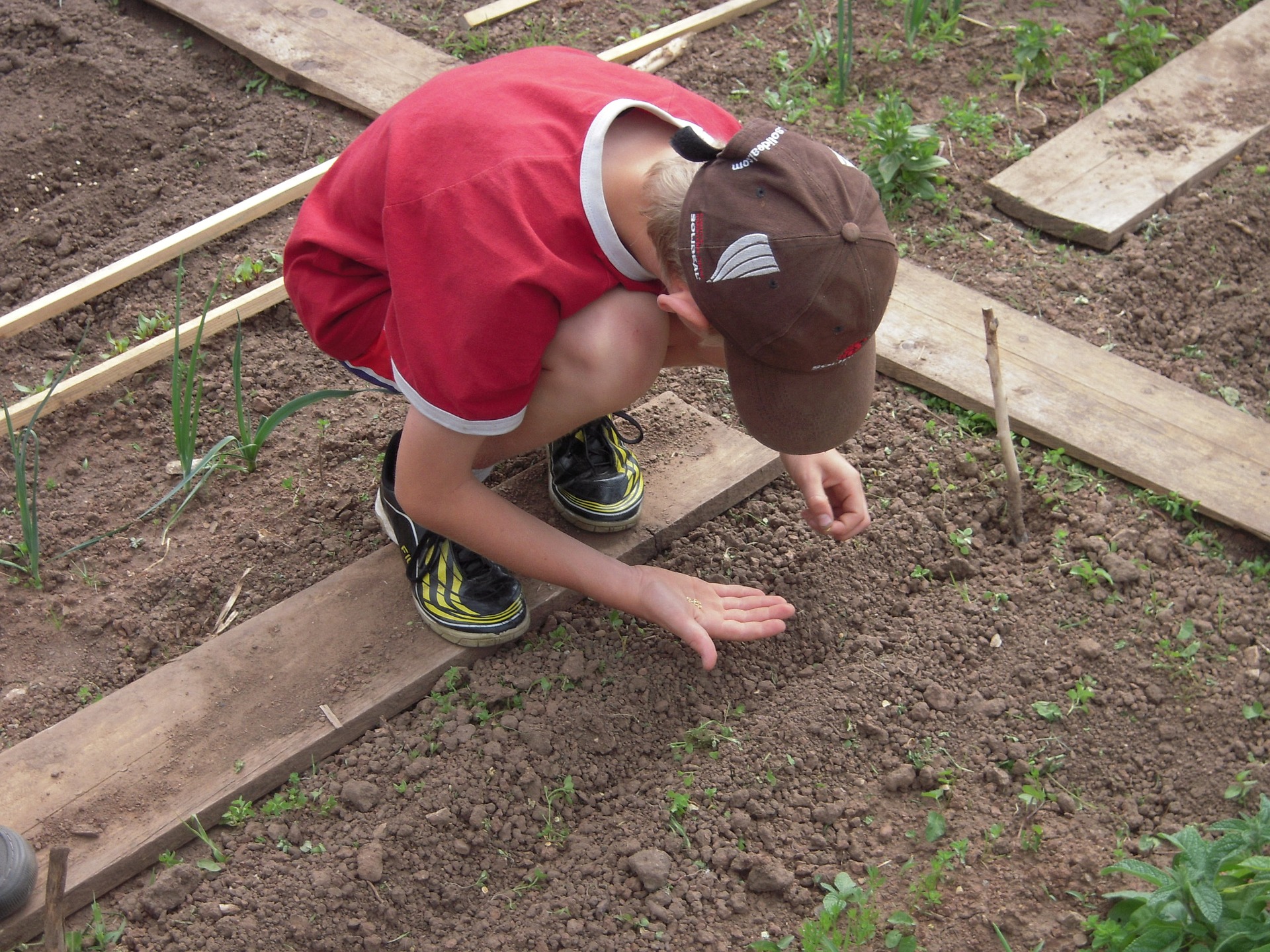How To Start a School Garden Program
Posted by Jennifer Smith on 6th Aug 2019
School gardens are sprouting up all around the country in local elementary, middle and high schools; and it's no wonder why. According to the U.S. Labor Department, the average age of farmers and ranchers is 58 years old and teaching children at a young age inspires them to get outside and grow.

Having a school garden on campus is convenient for general studies and agriculture teachers to teach children outside in an interactive environment. Not only does gardening help kids understand where their food comes from; but it teaches them about proper growing methods and ways to combat wildlife for food protection.
Take these steps to plant a garden program at your school:
1. Select a site on school grounds that will be near a good water source and exposure to sufficient sunlight.
2. Decide whether their will be raised beds or in-ground plants to grow.
3. Decide how to utilize the garden space - will there be veggies; flowers; fruits; and will the space be accessible to both teachers and students for use.
4. Plant for the season!
Lesson plans for agriculture teaching can incorporate a job for every student from pulling weeds to watering flowers and composting. Having a school garden will help students work together and allow them to reap the benefits of what they sow.
#BackToSchoolMonth
